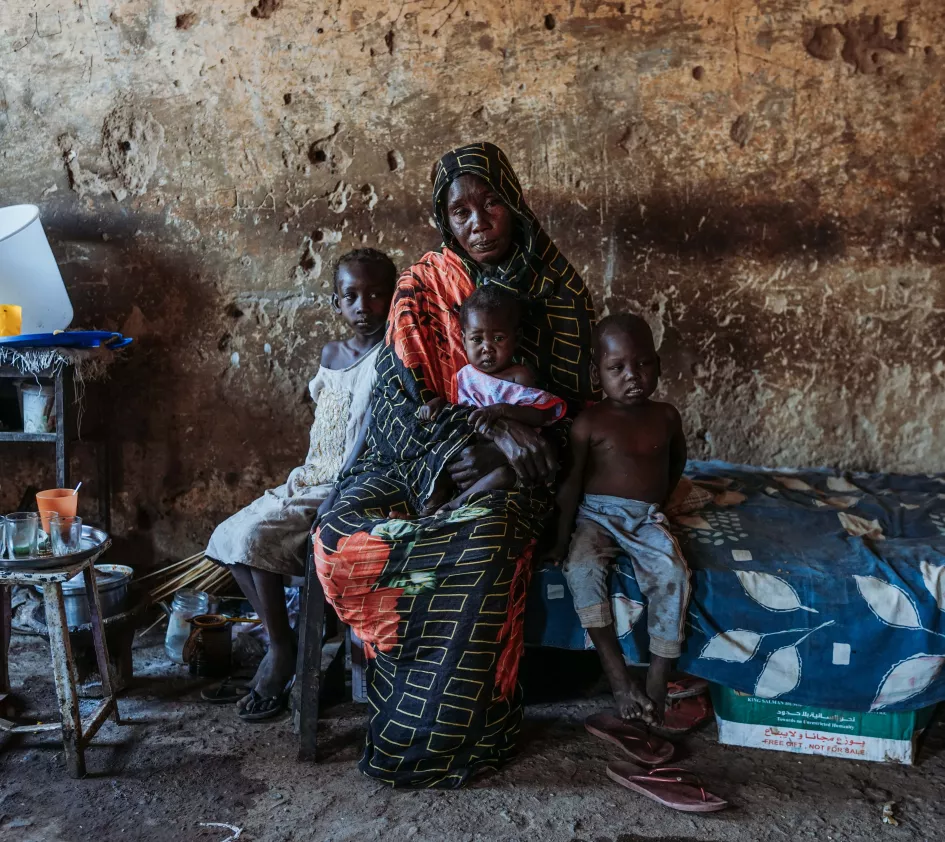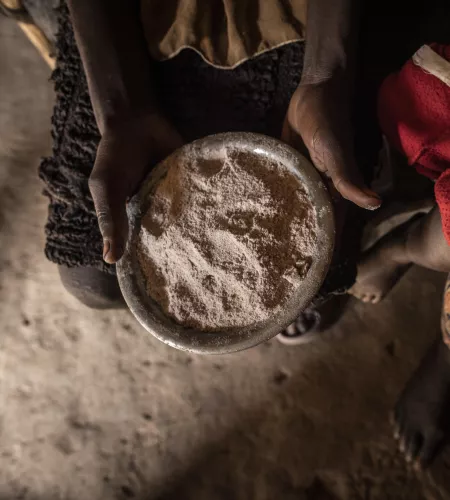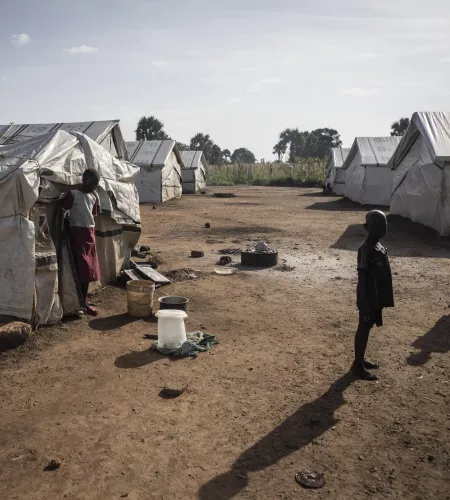Twenty years ago, the Sudanese region of Darfur was experiencing the world's worst hunger crisis, she recalled. “The world took action to respond. But today, the people of Sudan seem to be forgotten.”
According to the UN, more than 25 million are trapped in a cycle of ever-deteriorating food availability due to the war in Sudan. Some of them have nowhere to go because of the violence in the country.



